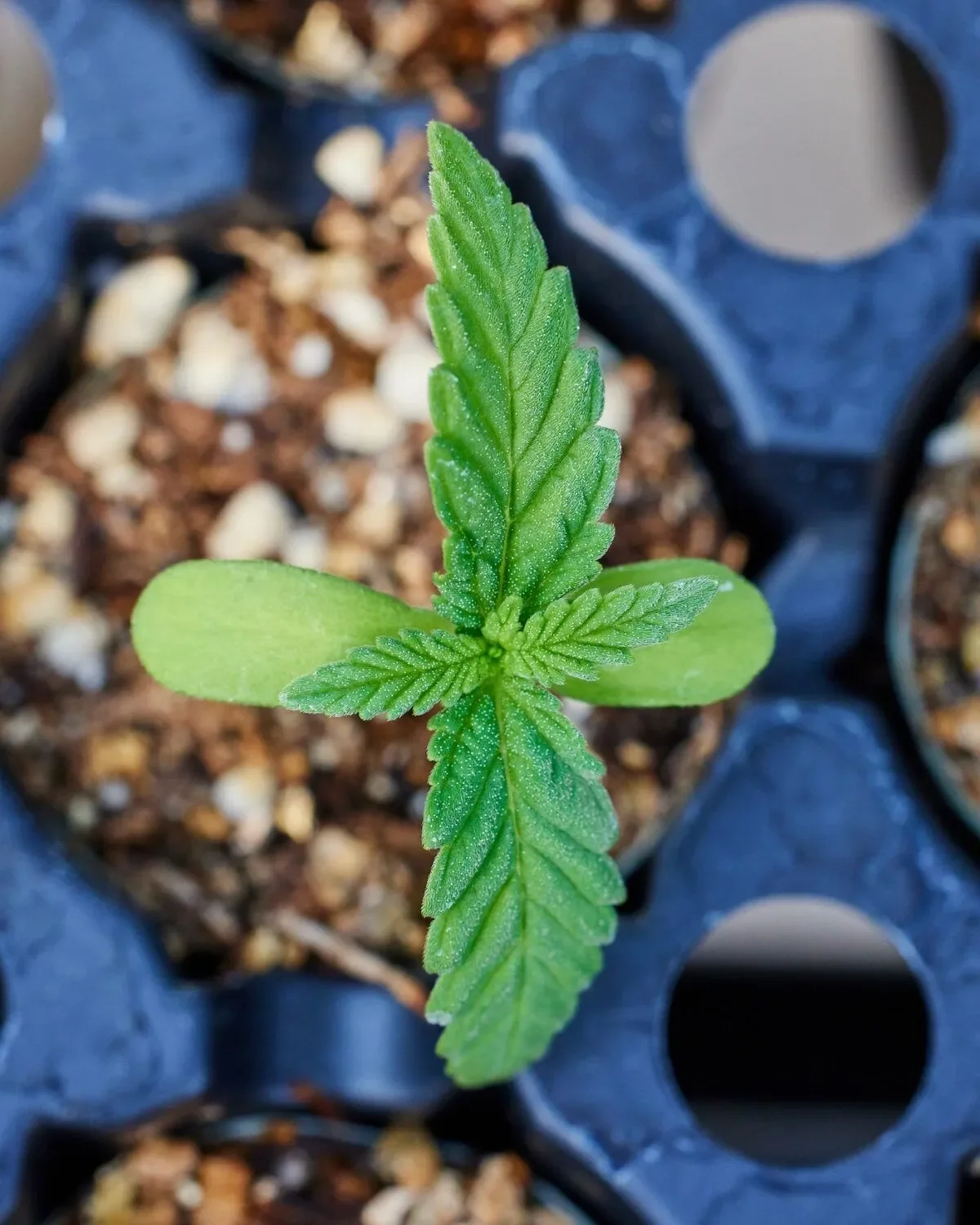States that have legalized in cannabis require testing for potency and contaminants in cannabis, and lab-testing cannabis is quickly becoming an important part of the industry. The tests for pesticides, mold, contamination, etc. don’t require any new or special analytical techniques and are part of standard practice for other agricultural products as well. With the right lab equipment, chemists can measure cannabinoids to a certain degree of precision if they do it right, but the lack of a standardized way of looking at the data has everyone confused.
The subject of this issue is Δ9-tetrahydrocannabinolic acid (THCA), which occurs naturally in the plant. THCA needs to be heated so it changes into THC, the active form that gets you high. All cannabinoids occur naturally in their acid forms, that’s just how their enzymes make them. The difference between THCA and THC is a carboxy group. Upon smoking, cooking or vaping heat gets rid of the carboxy so THCA gives of CO2, losing about 12% of its weight in the process. Why does this matter for lab testing? Because THCA is heavier than THC, and lab results are given in percent mass.
The root of the confusion is the fact that different lab techniques give inherently different potency values. Depending on the lab, the analysis machine might use one of two separation methods: gas chromatography (GC) or liquid chromatography (LC).
GC happens at high temperatures, enough to completely decarboxylate all the cannabinoids in the mixture. The oven it happens in decarboxylates THCA before passing on to the detector, so it only picks up THC. This makes GC almost useless for testing edibles, because you need to be able to tell the difference between orally inactive THCA and active THC. Furthermore, decarboxylation happens incompletely at those high temperatures in the injector port, conserving no more than 70% of THCA, according to one study.
Liquid chromatography happens at room temperature and does not decarboxylate any cannabinoids, giving separate values for THCA and THC, which are always both present. These results need to be interpreted correctly, and hold hidden information about how the sample was handled and temperatures it has been exposed to.
Let’s look at an example. Given one lab result you could get three THC potency readings depending on how you read it, but only one method really stands to reason. Consider a made up lab result of Hypothetical OG that used LC, say it has 22.32% percent mass of THCA and 2.41% percent mass THC (active THC).
If you just look at the THCA value, you might think it has 22.32% THC. If you add the THC value to that, you might think this strain has 24.74% THC. Neither of these values is correct.
To get a real potency value you need to consider both THCA and THC, but with a correction factor for THCA before you add in THC. To calculate THCTOTAL:
THCtotal = (%THCA) x 0.877 + (%THC)
0.877 is the molecular mass (mm) of THC divided by that of THCA; this factor boils it down to a simple formula: take 87.7% of the value for THCA, then add on the value for THC. This formula also holds true for finding the active CBD content (CBD TOTAL) because CBD and THC have the exact same mm. Therefore the correct value of THC TOTAL for Hypothetical OG is 21.98%, the weighted average of THCA and THC.
To get a real measure of the potency of a strain of pot, you need to look at THC TOTAL. This is because the relative amounts of THCA and THC depend on the amount of heat the flower, dry bud or extract has been exposed to. Since this is always different, lab testing needs to see past this variable.
Since GC doesn’t work for edibles, many labs are switching to LC to test for edibles. If you know you’re looking at a lab test that used LC, you’ll need to use this formula to get a consistent value of THC TOTAL.
When looking at lab results, make sure to take this into consideration. Be suspicious of lab results that just give you one number for %THC. If the lab used GC, you won’t have this issue at all. The %THC given from a GC machine roughly reflects THC TOTAL.
Read the original article from High Times HERE.





